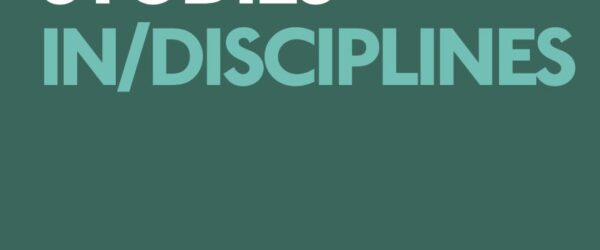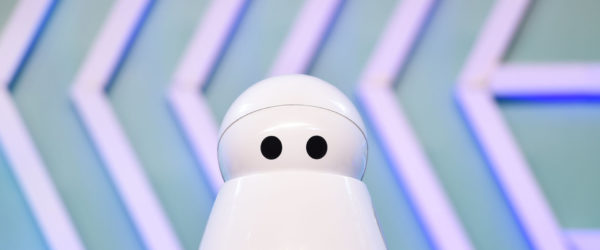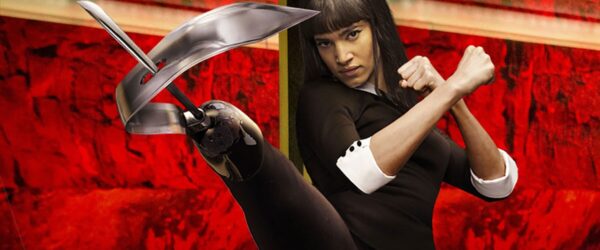“Mark Hamill as Luke Skywalker with Ian McDiarmid as the Emperor Darth Sidious and Darth Vader” by big-ashb is licensed under CC BY 2.0
On the Extra/Ordinary Normal
Stuart Murray and Graham Pullin
In a famous scene in The Empire Strikes Back, the second film made in the Star Wars franchise, Luke Skywalker has his hand severed during a fight with Darth Vader, who afterwards reveals himself to be Luke’s father in one of the most seminal moments in film history. Luke’s disablement produces the predictable outcomes: his physical capacity is drastically reduced, and he is made immediately vulnerable, conquered and prostrate before Vader.
The loss of the hand is dramatic, but it is ultimately inconsequential. In a scene soon after, a lifelike prosthetic hand is attached, with Luke briefly flexing his fingers to show that his full function has been restored before events move on. The film has no use for a storyline in which Luke has to spend the rest of the narrative with a single hand. His wholeness is restored, and the story can carry on as normal.
The moment is both extraordinary and ordinary. The shock of seeing our central protagonist wounded elevates the already considerable tension. But the other extraordinary revelation, that of a biotechnology that can seemingly immediately repair the damage Luke has experienced, is banal. Technology in the Star Wars universe, it is made clear, can do this without problem; it is simply an ordinary bit of fixing.
In this way, Star Wars predicts a technological future that most of us expect. Luke’s hand, with its dramatic removal and everyday fix, is typical in its alliance of the normal and the extraordinary. Perhaps this limit of amazing technology is after all the easiest thing to imagine, precisely because there is nothing left to imagine: it is just scenes from life as we know it, cut and edited differently. This predictability is also true of our viewing experience of the film, which juxtaposes the heightened response to the drama of Vader’s attack and the mundane act of restoration, as we are carried by the storyline back to the central concerns of the film’s plot.
Across our various research specialisms in the itDf project we are interested in these kinds of complexities: the work the body does and the assumptions made about what, because of disability, is not there (and of course with limbs this idea does not necessarily suggest the loss of the limb itself – the hand may never have been there in the first place); experiencing the relationship between disability and embodiment; the technologies that interact with the disabled body, both present and conceived of in the future; and the imagining of disability through the stories we tell and images we make of these moments of encounter.
These are processes that are best understood as being ordinary and extraordinary: the excitement of the technologized embodiment of the fictionalised superhero or robotic iHuman sits next to the everyday experience of living with disability technologies. To give another example, neuroscientists at UC San Francisco are developing a brain-machine interface and virtual speech technology that promises to allow people with severe speech disabilities – from brain injury, stroke or neurogenerative conditions – to have a synthesized voice that can be controlled by the brain’s speech activity centres. The research may transform speech communication – current eye-tracking systems are laborious and slow – and extends to aims of expressing the personality and emotions of the user. As such, it brings together the latest extraordinary technology with an idea that we understand as being seminal to our everyday lives, namely the ability to express ourselves through our voices. It is, we might feel, the extraordinary in the ordinary, and vice versa. These innovations are often framed in terms of ‘transparent’ or ‘natural’ (and, by implication, to some degree neutral) interactions between technology and the self. During itDf we will explore and perhaps unpick such a broad assertion, especially from the perspective that any conversation involves and is experienced by at least two conversational partners and is in some ways co-created.
The UCSF project is also an example of what people mean when they say that new technology ‘is making science fiction a reality’. This suggests a sense of awe, of the research capturing ideas that have before only existed in the imagination. But such opinion only ever refers to the content of such fiction: the messy complexities of narrative and aesthetics (such as those in The Empire Strikes Back) are lost in this formulation, which streamlines the interaction between science and story. In contrast, itDf will address this interaction as a process defined by multiple entanglements. It is precisely such a multiplicity that characterises the back-and-forth relationship between technology and its imagination as part of disability futures, and it is this that we aim to explore.




